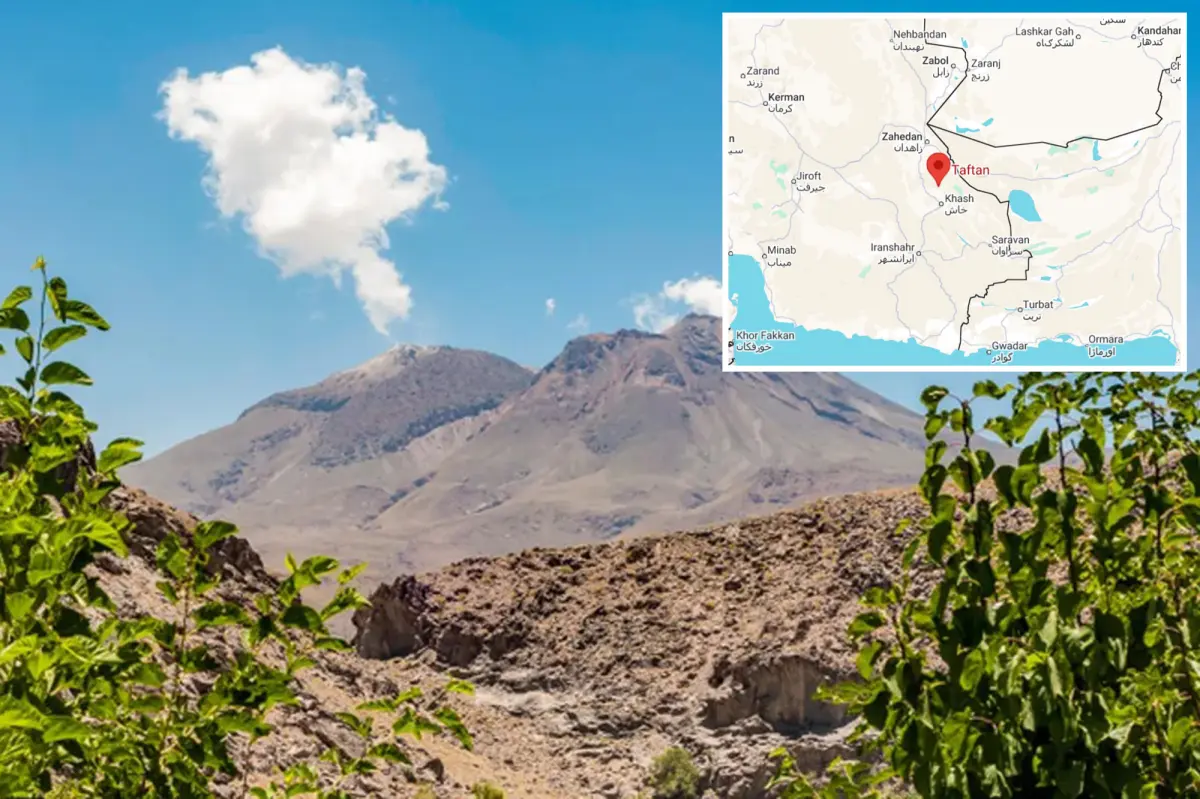Copyright New York Post

A volcano near the Iran-Pakistan border rose multiple inches between 2023 and 2024 — raising alarm that it may be nearing an eruption for the first time in more than 700,000 years. The Taftan volcano was previously considered extinct, but scientists now believe it may have been dormant all these years after noticing distinct indicators of internal activity, according to a new study. The volcano’s summit suddenly grew 3.5 inches taller between July 2023 and May 2024 and still hasn’t deflated, according to new research published in the Geophysical Research Letters. The inflating summit suggests that hefty amounts of gas pressure are steadily building below the volcano’s surface. Locals in the area were also reporting signs of gaseous emissions from the volcano as early as 2023 that they said could be smelled as far as 30 miles away from the base. As the buildup inside continues, plumes must be expelled at some point, the study’s senior author, volcanologist Pablo González, wrote. “It has to release somehow in the future, either violently or more quietly,” González told Live Science. He assured that there is no risk of an imminent eruption, but noted that the volcano should still be closely monitored. “This study doesn’t aim to produce panic in the people. It’s a wake-up call to the authorities in the region in Iran to designate some resources to look at this,” he told the outlet. The volcano stands at a hulking 12,927 feet high and is surrounded by a cluster of smaller mountains and vents formed by the Arabian ocean crust. It hasn’t erupted during humanity’s known existence, according to the study. Because it is so remote, there is no GPS monitoring system to provide fully accurate imaging. Still, some pieces of satellite imagery viewed by doctoral student Mohammadhossein Mohammadnia, who worked alongside González, showed the slight rise in the ground near the summit. Mohammadnia told the outlet that researchers have ruled out scores of theories on what’s causing the slow rise, including natural disasters like earthquakes or unseasonably heavy rainfalls. Their study indicated that the uplift is either being caused by a change in the hydrothermal plumbing below the volcano, which would explain the sudden gas stockpile, or clumps of magma shifting also underneath the vent. The research is still ongoing and the pair will be partnering with scientists who do gas monitoring at volcanoes further down the line, González said.



